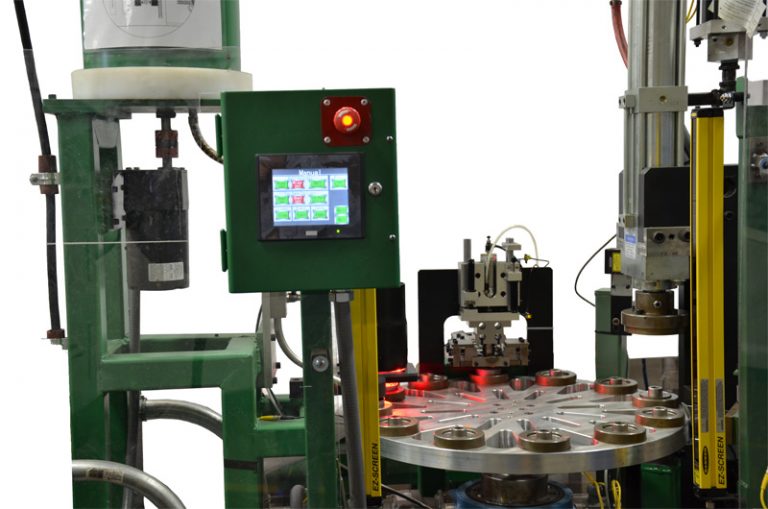The Importance of Proper Lubrication
The Importance of Proper Lubrication
Blog Article

Imagine a factory where machinery operates at peak efficiency, producing high-quality products. Now, picture the moment when one of the bearings fails due to inadequate lubrication, leading to costly downtime and repairs. This scenario is not uncommon; in fact, improper bearing lubrication is one of the leading causes of premature equipment failure. Understanding Bearing lubrication best practices is essential for maintaining the longevity and performance of bearings in any machinery.
The Importance of Proper Lubrication
Proper lubrication is crucial for the effective functioning of bearings. The right lubricant reduces friction and wear, enhances heat dissipation, and protects against contaminants. According to industry studies, nearly 40% of bearing failures can be attributed to insufficient lubrication. This statistic highlights the importance of implementing effective lubrication strategies to ensure machinery reliability.
Selecting the Right Lubricant
The first step in establishing effective lubrication is choosing the appropriate lubricant. Lubricants come in various forms, including oils, greases, and solid lubricants, each with specific properties suited for different applications. For instance, oil lubrication is often preferred for high-speed applications due to its ability to flow easily and reduce friction, while grease is more suitable for heavy loads and slower speeds where it can stay in place longer.
When selecting a lubricant, consider factors such as temperature range, load capacity, and operating conditions. For example, synthetic lubricants may be the best choice for extreme temperatures or environments where moisture is a concern. These lubricants can maintain their viscosity and protective properties under challenging conditions.
[IMAGE]
Establishing a Lubrication Schedule
Once the lubricant is selected, establishing a consistent lubrication schedule is vital. Regularly scheduled maintenance prevents the risk of over-lubrication or under-lubrication, both of which can lead to bearing failure. Understanding the operating environment and the specific requirements of machinery can help determine the ideal frequency and quantity of lubrication. For instance, a high-speed bearing may require lubrication every few hours, while a slower, heavier application may only need attention every few weeks.
Application Techniques
How the lubricant is applied also significantly affects its effectiveness. There are several techniques for applying lubricants, including manual application, automatic systems, and centralized lubrication systems. Manual application can be effective but may lead to inconsistencies. Automatic systems, on the other hand, ensure a precise amount of lubricant is delivered at the appropriate intervals, significantly reducing the risk of human error.
Monitoring and Testing
Implementing a monitoring system is another best practice. Regularly checking the condition of the lubricant and the bearings themselves can help identify potential issues before they escalate into failures. Techniques such as oil analysis can provide insights into wear particles and contamination levels, guiding maintenance efforts. If an analysis indicates that the lubricant is breaking down or is contaminated, it may be time for a change.
Conclusion
Incorporating these Bearing lubrication best practices into your maintenance routine can significantly extend the life of bearings and improve operational efficiency. By selecting the right lubricant, establishing a consistent lubrication schedule, applying lubricants effectively, and continuously monitoring the system, businesses can avoid costly downtimes and enhance the reliability of their machinery.
Report this page